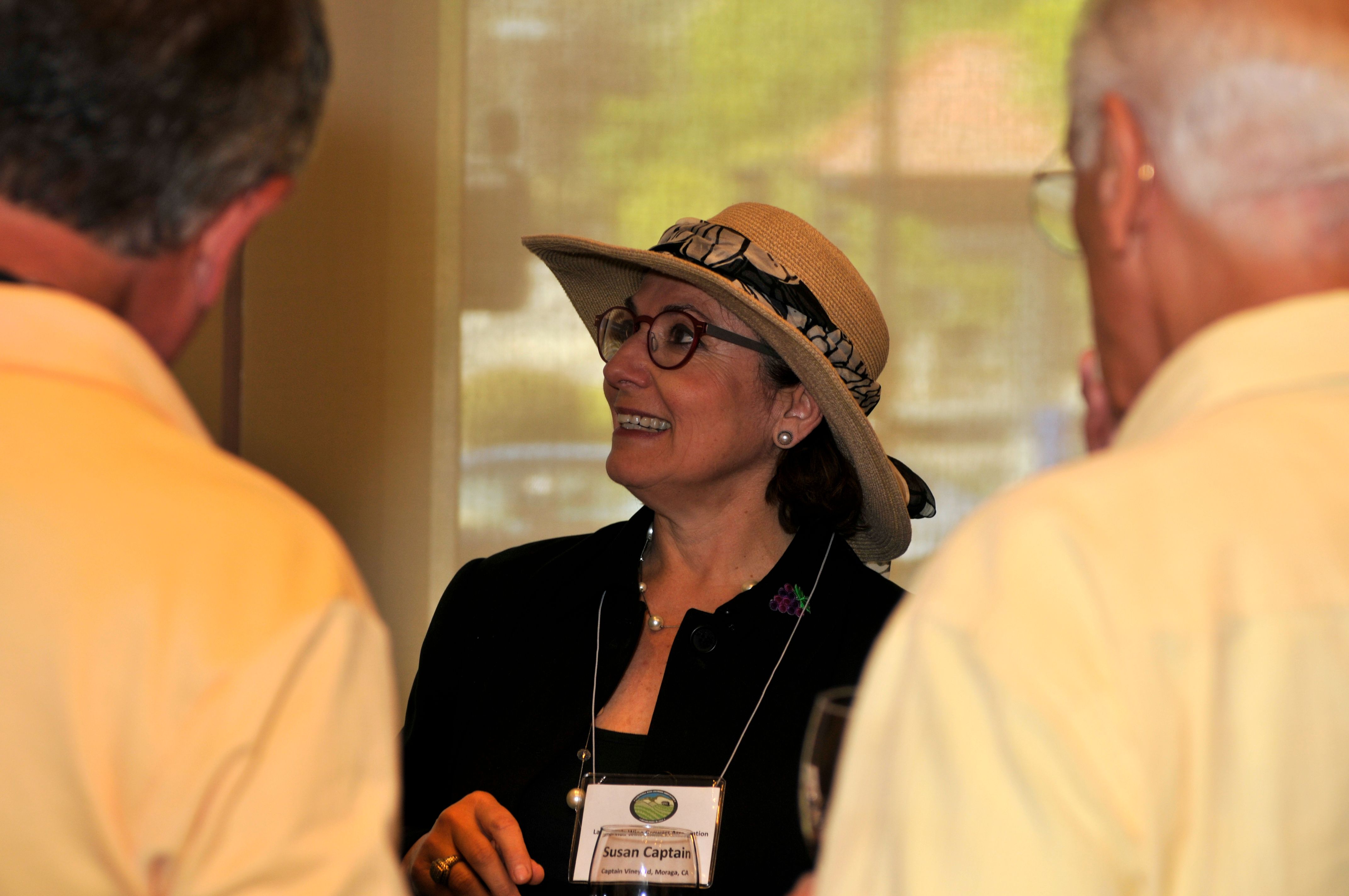
My name is Dave Rey and I am a candidate for the LWGA Board. I have been a Lafayette resident for nearly 30 years and I have an acre of vines and a winery at my home in the Reliez Valley area. I bottle my wines under the Reliez Valley Vineyards label.
My goal as a winegrower is to grow the best possible grapes from my vineyard location and make the best possible wine from the grapes I grow. I am the first generation in my family to have pursued a non-agricultural career, so having grown up in that world I am very comfortable with the farming aspects of winegrowing. I have an engineering education and I enjoy applying all the technology available to both viticulture and winemaking.
I was an early member of the group but my business travels left me little time to get involved until I retired. I previously served on the Board from 2011 to 2016. During that time I focused mainly on leading the committee that pursued and secured our AVA designation.
I am excited by the plans being made to further promote the Lamorinda AVA and I would like to serve another term on the Board so that I can help with those plans.

My name is Bill Scanlin and I have been on the LWGA board and run the website since 2008 and have been President in 2016, 2017 and 2019. I have been growing grapes and making wine since 1998 and started my commercial winery Deer Hill Vineyards in 2010.
I have been in technology my entire career and am currently Chief Technology Officer at a fintech startup.
I believe the organization needs to be an important resource for its members to help them grow better grapes and make better wine. We can also educate the Lamorinda community on what we are doing and help them setup their own vineyards and try some of the great wine made here. I think we have made great improvements in meeting these goals and would like to continue to move the organization forward.

Amy Schofield is a Communications, Brand, and Marketing Strategist who partners one-on-one with solopreneurs and associations to help grow their brands. With 20+ years working in diverse industries across the globe, her key to success is connecting with the people she serves to affect positive change.
Amy is the Founder of Mixify Beauty, an experiential lifestyle brand that has found its way to the Oscars and Emmys. She is also a sponsor and supporter of Girls Crushing It, a local not-for-profit empowering girls to flex their leadership muscles through entrepreneurship.
Amy holds an MBA specializing in Branding and Communications. She prefers red over white, full bodied over light, and milk over dark.
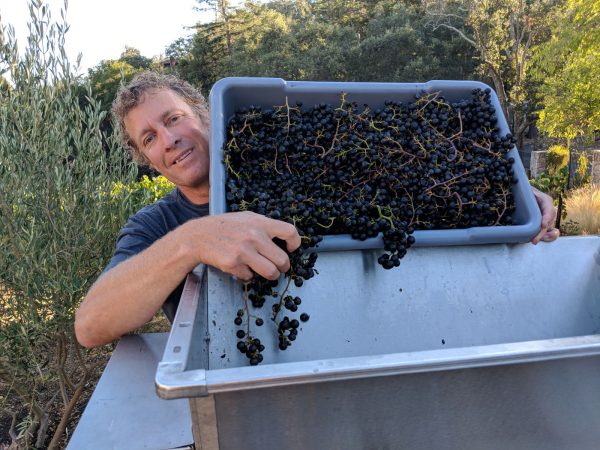
I’m Gerard van Steyn and I live in Lafayette with my wife Kathryn and our 3 children. We have 600 vines (70% Cabernet and remainder Malbec, Petite Verdot, Merlot and Cab Franc). We also have 60 fruit trees, 45 berry bushes, a large vegetable garden, honeybees, 6 chickens 1 dog and 2 cats. We are farming everything ourselves and have progressed from being organic to now beyond organic which means that in addition to using no chemicals we are focused on maximum soil health and the soil microbiome, including composting.
I have been on the Board for the last two years and have taken a lead role in changing from 4 meetings per year to 6 per year and in setting up educational content for our meetings. There are interesting and exciting plans being developed for further improving your Lamorinda Winegrowers Association, and our local wines and vineyards. I hope to continue to be a positive contributor to our members and to the Association.

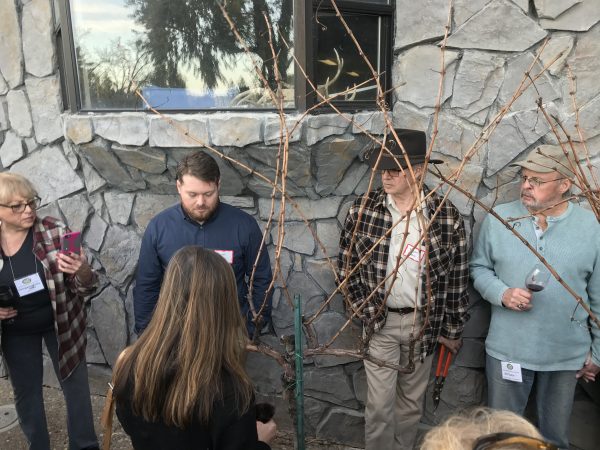
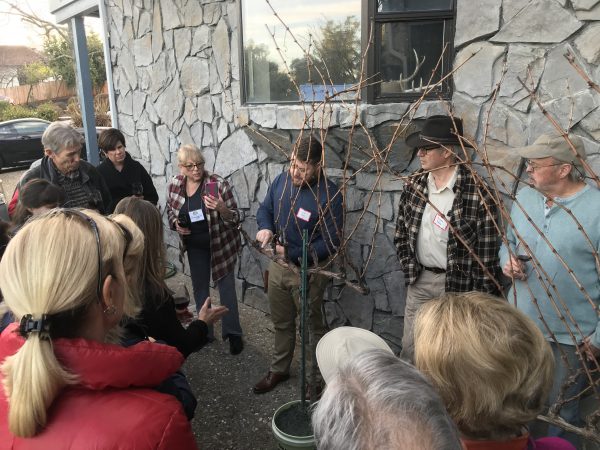
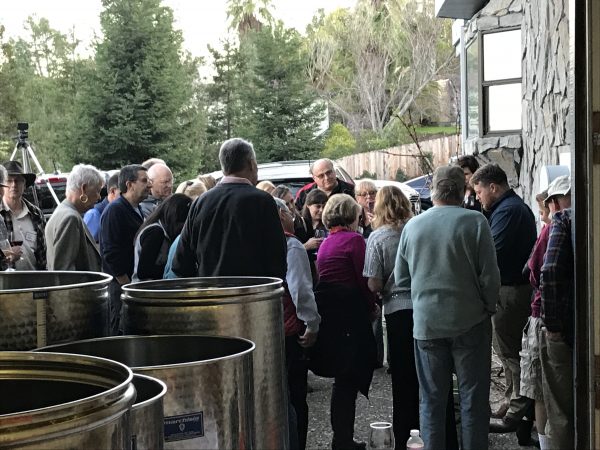



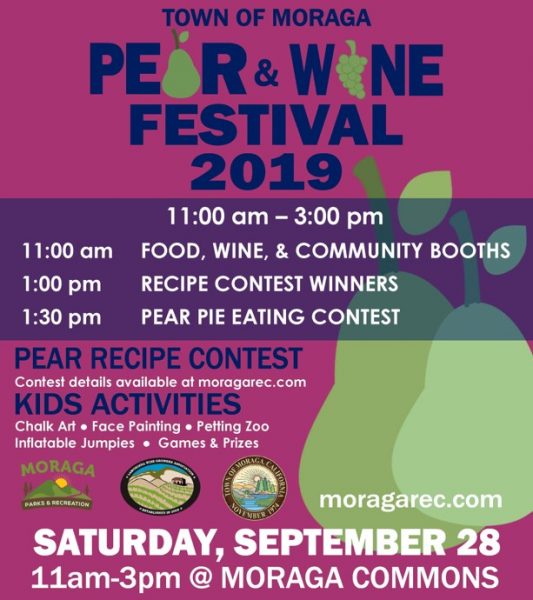
 Celebrating the Lamorinda Appellation Anniversary
Celebrating the Lamorinda Appellation Anniversary